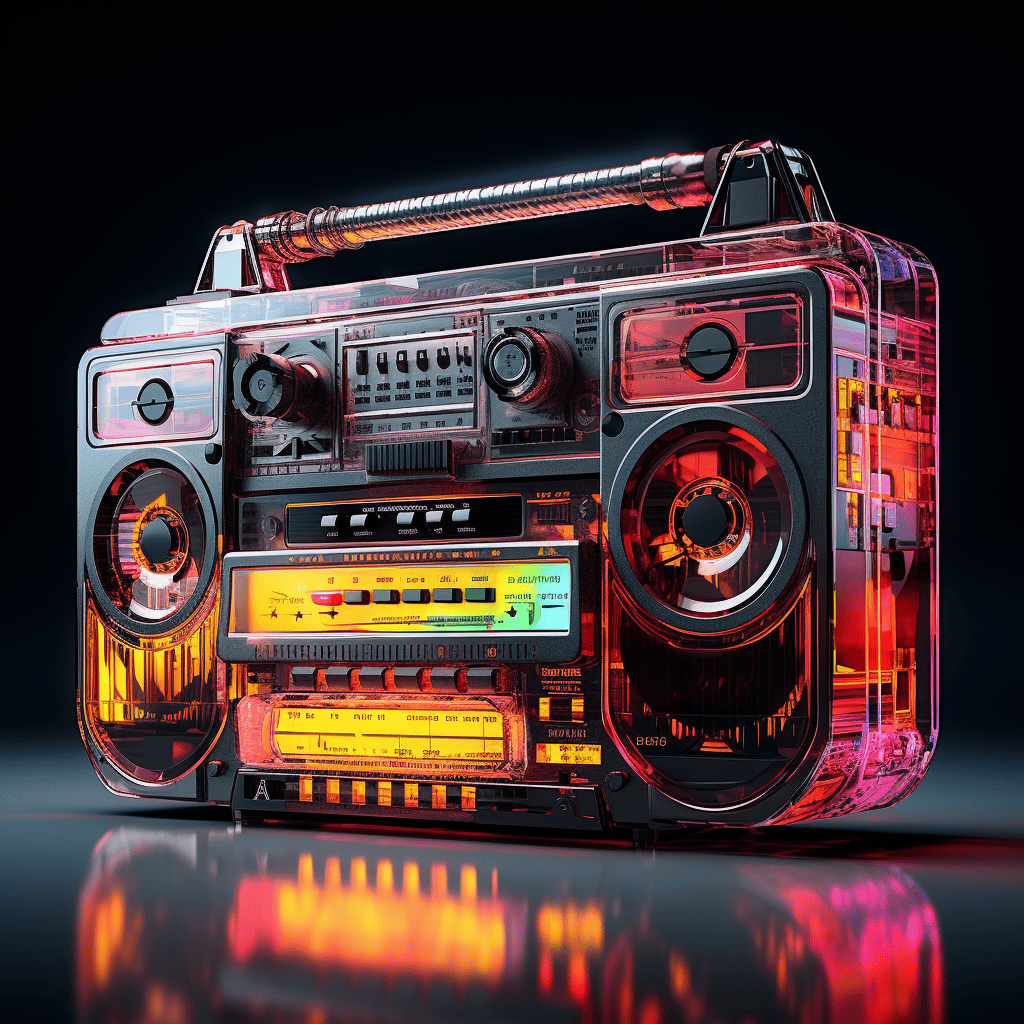Introduction:
Music enthusiasts and tech geeks, unite! Today, we’re embarking on a time-traveling odyssey through the evolution of music technology. From the first phonograph to the latest AI-driven compositions, this journey is a testament to how technology has continually reinvented our music experiences.
The Early Days:
Our adventure begins in the late 19th century with Thomas Edison’s phonograph. This groundbreaking invention allowed sound to be recorded and played back for the first time, giving birth to the music industry as we know it. But it didn’t stop there. The gramophone, with its flat-disc records, soon followed, offering improved sound quality and durability, setting the standard for commercial music distribution.
Key Innovations and Their Impact:
- Magnetic Tape (1930s): This was a game-changer for recording. Multi-track recording and editing capabilities allowed artists to experiment with complex arrangements and multiple overlays, giving rise to modern studio techniques and genres like rock and pop.
- The LP Record (1948): The Long Play (LP) record, with its finer grooves and smaller needle, could play for longer and with better quality. This innovation made albums as we know them possible, fostering the concept of a cohesive collection of songs.
- The Rise of Synthesizers (1960s): Enter the era of electronic music. Synthesizers brought a whole new palette of sounds to composers’ fingertips, influencing genres from rock to funk to pop, and paving the way for electronic dance music.
- The Digital Era (1980s and 1990s): Digital recording technology and Compact Discs (CDs) offered unprecedented sound clarity. The 1990s then introduced us to MP3s and the Internet, fundamentally changing how music was distributed and consumed. Napster, though controversial, underscored a shift towards digital music.
- Streaming and Smart Devices (2000s and 2010s): With the advent of streaming services like Spotify and Apple Music, and the ubiquity of smartphones, music became more accessible than ever. This era democratised music consumption, allowing instant access to vast libraries of music, anytime, anywhere.
The Future of Music Technology:
The future of music tech looks brighter and more innovative. AI is starting to play a role in composition and production, offering tools that can create music based on algorithms. Virtual Reality (VR) and Augmented Reality (AR) are poised to transform how we experience live and recorded music, offering immersive, 3D musical experiences. The fusion of technology and music is leading us to uncharted territories, promising new ways to create and experience the art form.
Conclusion:
From Edison’s phonograph to AI-generated compositions, the evolution of music technology reflects our unending quest to enhance the way we create and enjoy music. Each innovation has left an indelible mark, shaping the music industry and the art itself. As technology continues to evolve, it remains the pulsing beat behind the music industry’s heart, constantly pushing the boundaries of possibility and redefining our musical landscape.
Hashtags: #MusicTechEvolution, #InnovationInMusic, #FutureOfMusic





